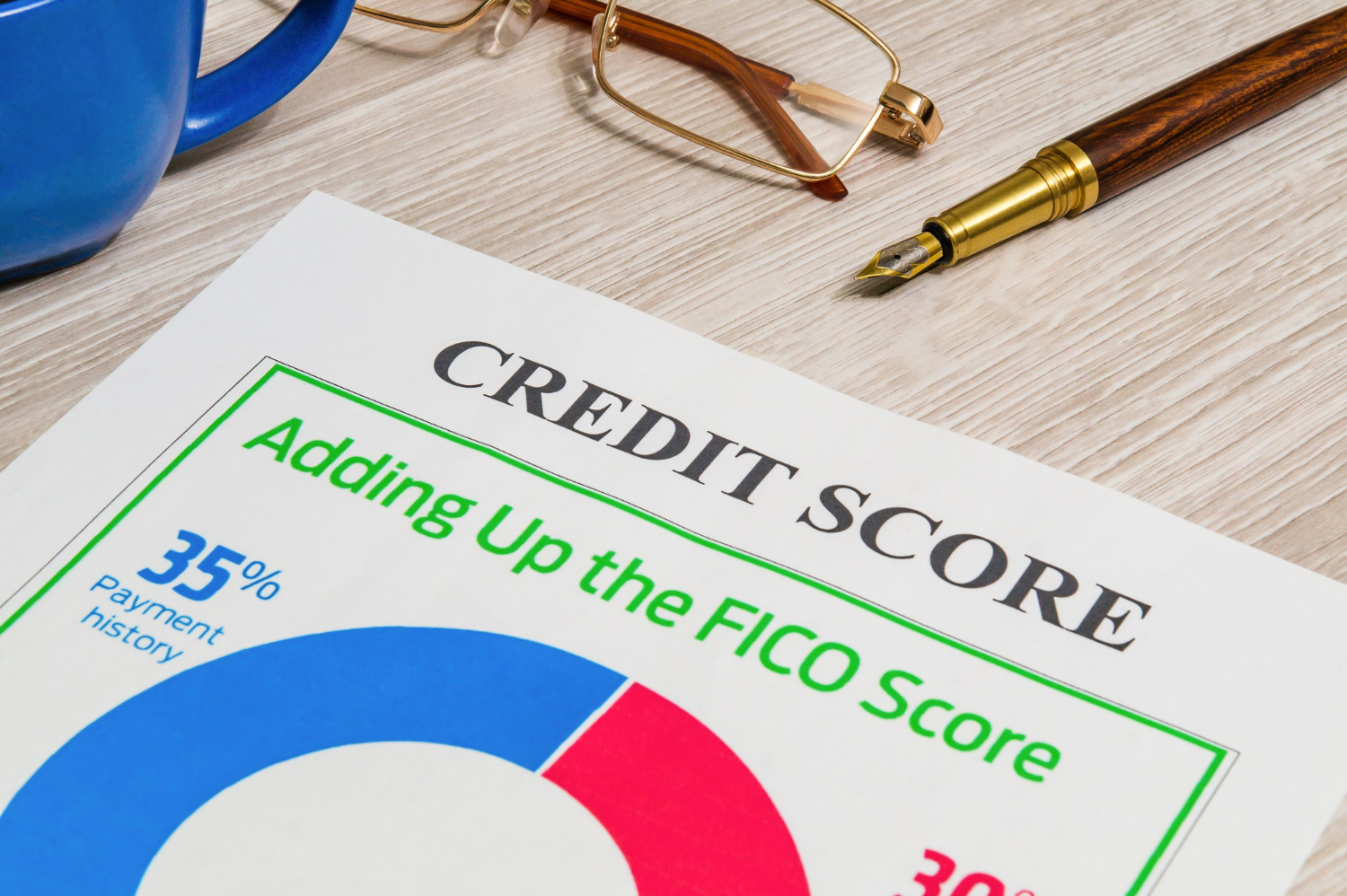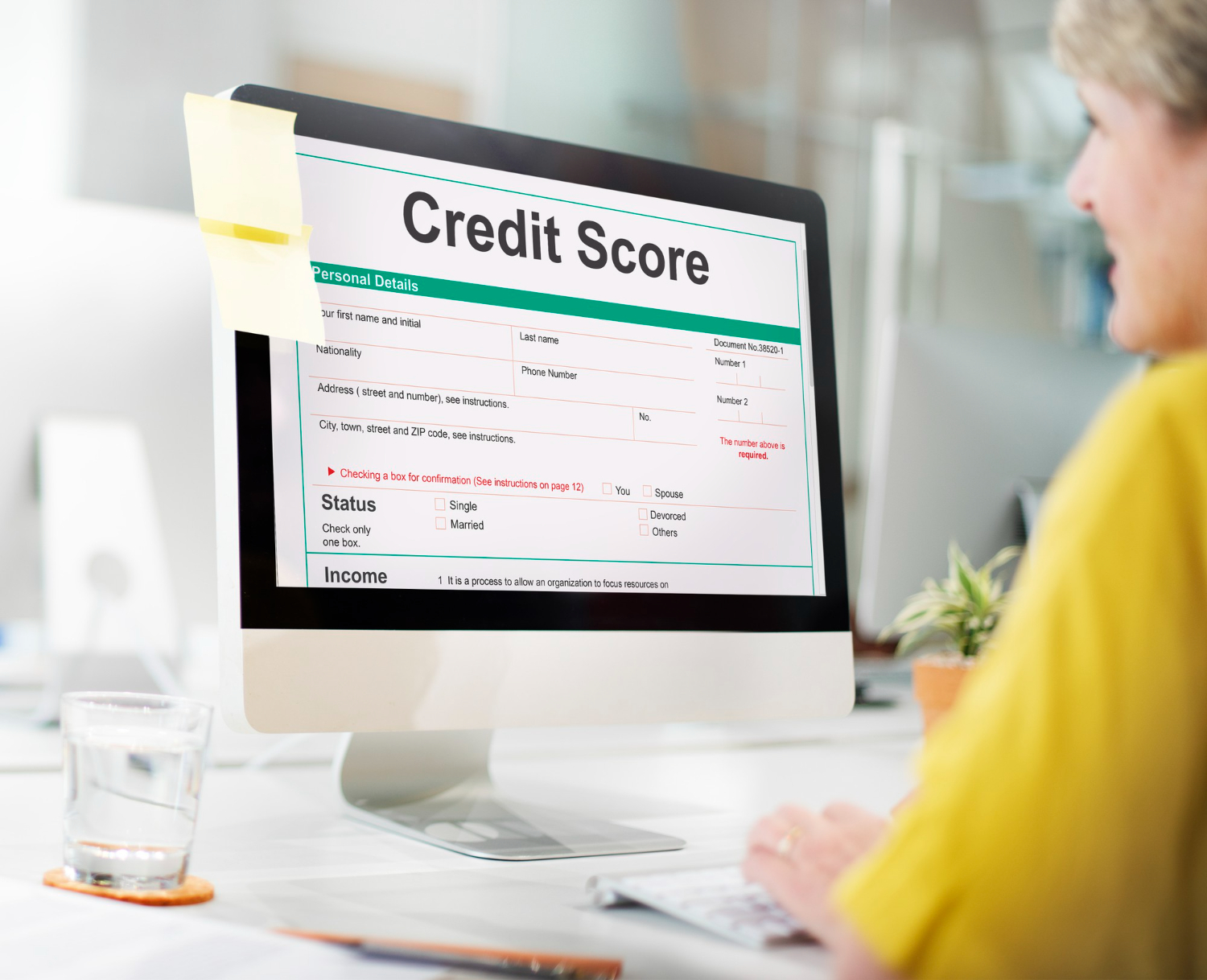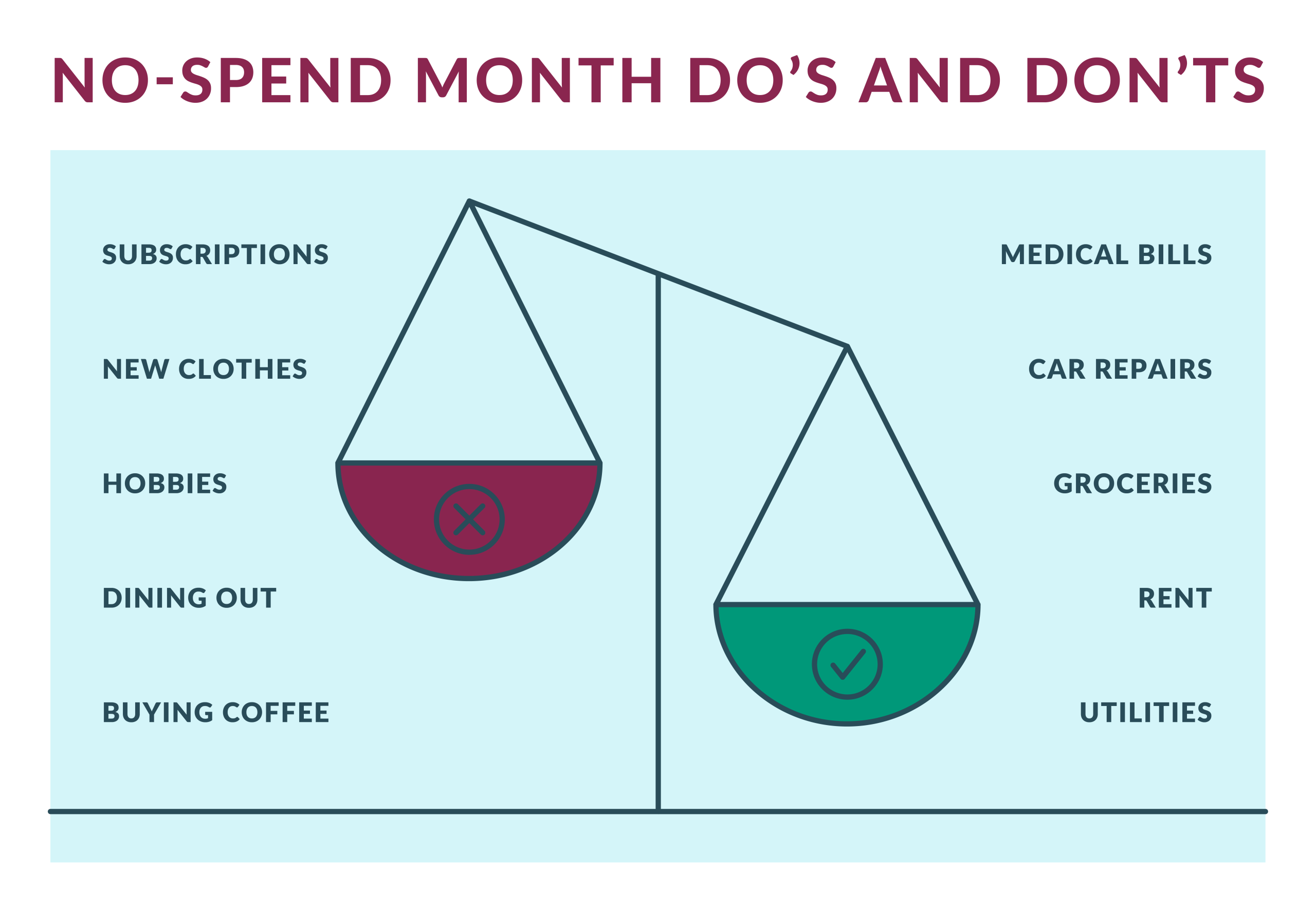Anúncios
Managing your credit effectively is essential for maintaining a healthy financial profile.
One of the key aspects of your credit health is the credit utilization rate, a crucial factor that significantly impacts your credit score.
Whether you’re working to improve your credit or simply want to better understand this concept, knowing how to calculate your credit utilization rate can help you make smarter financial decisions.
So, if you want to learn more about credit utilization rates, keep reading to find out how to calculate yours!
What is the credit utilization rate?
The credit utilization rate is the percentage of available credit that you are using at any given time.
It is a simple metric but carries a lot of weight in determining your creditworthiness.
Calculated by dividing your total credit card balance by your total available credit, the utilization rate serves as an indicator of how reliant you are on revolving credit.
For example, if you have a total credit limit of $10,000 across several cards and your total balance is $3,000, your credit utilization rate would be 30%.
Most financial experts recommend keeping this percentage below 30% to avoid significantly harming your credit score. A utilization rate below 10% is considered ideal for achieving a good credit rating.
How does credit utilization affect my credit score?
Credit utilization is an important component of your credit score, specifically accounting for 30% of your FICO score, the most widely used credit scoring model in the U.S.
A high credit utilization rate signals to lenders that you may be overly reliant on credit, which can be seen as a risk factor.
The higher your credit card balances relative to your total available credit, the lower your credit score will be.
On the other hand, a low utilization rate indicates responsible credit management, as it shows that you’re not using a large portion of your available credit.
Keeping your balances low will help maintain or improve your credit score.
Additionally, credit utilization is also considered in newer scoring models, such as VantageScore, further reinforcing its importance.

How to calculate your credit utilization rate
Calculating your credit utilization rate is simple. Just divide your total credit card balance by your total credit limit, then multiply the result by 100 to get the percentage.
Here’s a step-by-step guide on how to calculate it
- Add up all the current balances on your credit cards. This includes the total amount owed on each card.
- Add up all the credit limits of your cards.
- Divide the total balance by the total credit limit.
- Multiply the result by 100 to get the percentage.
Keeping a credit utilization rate below 30% is the general recommendation, but for the best impact on your credit score, aim to keep it below 10%.
How to reduce your credit utilization rate
If your credit utilization rate is too high, there are several strategies you can use to reduce it. These methods help lower your overall debt and improve your credit score over time.
Pay down balances
One of the most direct ways to reduce your credit utilization rate is by regularly paying down your credit card balances.
By paying more than the monthly minimum or ideally paying off the entire balance, you will quickly lower the amount of credit you’re using.
This will reduce your utilization rate, and you’ll save money on interest charges.
Keep income information updated
Lenders often review your income to assess your ability to manage more credit.
By keeping your income information updated, especially when requesting credit limit increases, you may be able to increase your available credit without increasing your debt.
This can automatically lower your utilization rate. Many credit card issuers allow you to update your income directly through their websites or customer service.

Request a credit limit increase
Another way to lower your utilization rate is by requesting a credit limit increase.
If your financial situation has improved, such as receiving a raise or paying off other debts, you can ask your credit card issuer to increase your credit limit.
A higher limit increases your available credit, which lowers your utilization rate, provided your balance doesn’t increase.
For example, if your current limit is $5,000 and your balance is $1,500, your utilization rate is 30%. If your credit limit is increased to $10,000 with the same balance, your utilization drops to 15%, which is much better for your credit score.
Open new credit lines
Opening a new credit card or line of credit increases your available credit, which can lower your utilization rate, as long as you don’t add more debt.
However, be cautious when using this strategy. While it can reduce your utilization rate, applying for multiple credit accounts in a short period can negatively impact your credit score due to credit inquiries.
Use this option only if it fits into your long-term financial strategy.
Consolidate debt
Debt consolidation is another effective way to reduce your credit utilization rate.
By consolidating high-interest credit card debt into a personal loan or transferring balances to a card with a lower interest rate, you can pay off your balances faster and improve your utilization rate.
Personal loans are not considered revolving debt like credit cards, so moving part of your balance to a fixed-term loan helps reduce the percentage of revolving credit you’re using.
Did you learn how credit utilization rates work and how to calculate yours? Take the time to calculate your own credit utilization rate to avoid potential problems.
We hope you found this content helpful! Continue following other posts on the site for more information.
Want a suggestion? Check out our content explaining the different methods of debt payment!






